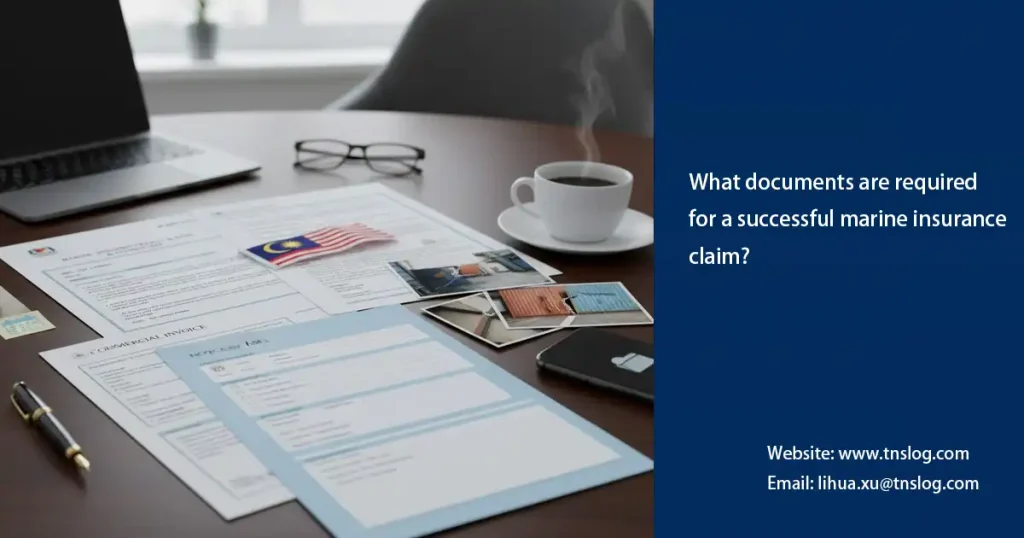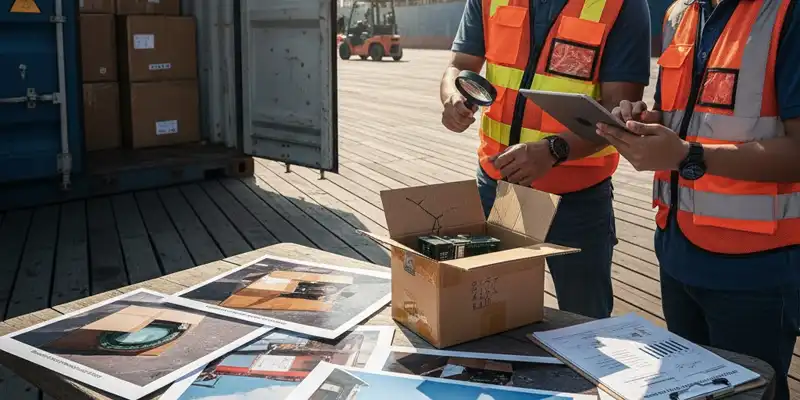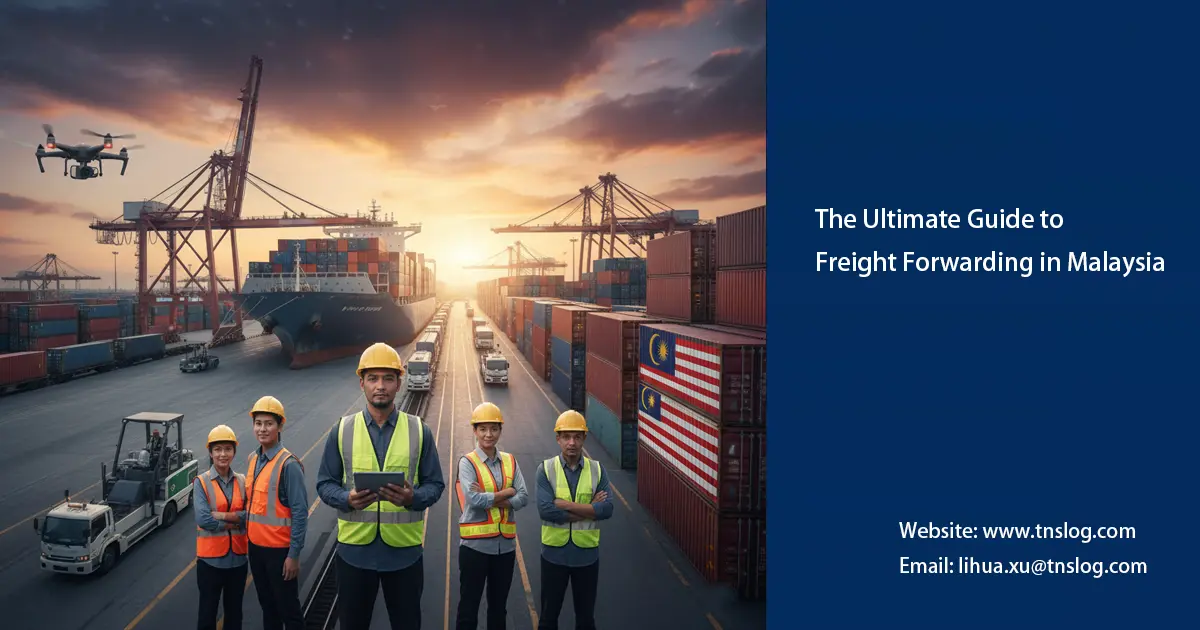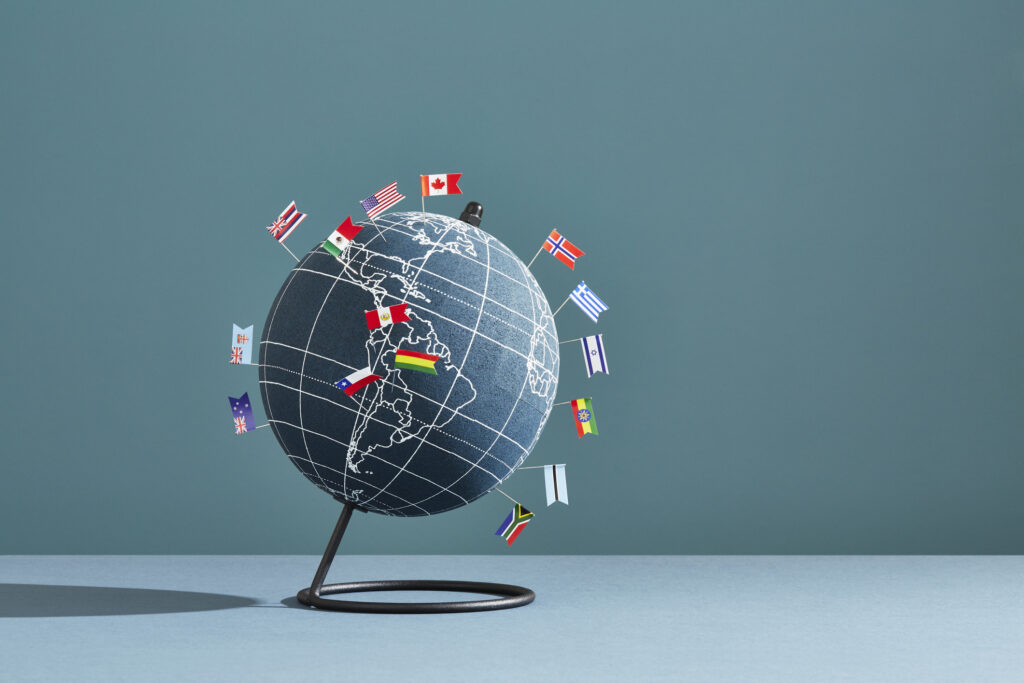What documents are required for a successful marine insurance claim?
Have you ever faced a situation where your cargo was damaged or lost at sea, only to find your marine insurance claim delayed—or worse, rejected—because of missing or incorrect documents? In the world of international shipping, where time and money are always at stake, understanding exactly what documents are required for a successful marine insurance claim can make the difference between smooth compensation and frustrating disputes. This article will guide you through the essential paperwork every shipper should prepare to ensure your claim is processed efficiently and approved without unnecessary setbacks.

Bill of Lading and Shipping Documents
At the heart of any marine insurance claim are the foundational shipping documents that prove ownership, transit details, and cargo value. Insurers rely on these to verify the shipment’s legitimacy and link the loss to a covered peril, such as collision or jettison.
Bill of Lading and Shipping Documents
- Original Bill of Lading (B/L): This serves as the title to the goods and evidence of the contract of carriage. Include both the master’s copy and shipper’s copy, stamped and endorsed. Without it, claims for cargo loss or damage are nearly impossible to substantiate— we’ve seen denials spike by 40% in cases missing this.
- Commercial Invoice and Packing List: Detail the cargo’s description, quantity, value, and packaging. These establish the insured value for reimbursement calculations. Tip: Ensure HS codes match for Malaysian customs compliance, avoiding disputes in ASEAN trade lanes.
- Certificate of Origin and Export Declaration: Critical for international claims, these confirm the goods’ provenance and export legitimacy. In Malaysia, pull these from MITI or local chambers for authenticity.
Pro Tip: Always cross-reference your bill of lading with the marine cargo manifest to spot discrepancies early. Missing links here can derail your entire shipping insurance claim process—check our step-by-step guide to filing a marine cargo insurance claim for seamless integration.
Insurance Policy and Certificates
No marine insurance claim stands without proof of coverage. These documents outline the policy terms, limits, and exclusions, forming the legal backbone for your payout request.
Essential Items
- Marine Insurance Policy Document: The full policy wording, including endorsements for specific risks like theft or contamination. Highlight clauses on “all risks” vs. “named perils” to align with your incident.
- Certificate of Insurance (COI): A concise summary issued to the consignee, proving coverage during transit. For FCL shipments from Malaysia, ensure it lists the voyage specifics (e.g., vessel name, ports of call).
- Underwriting Endorsements: Any add-ons for war risks or strikes, especially relevant for Red Sea routes amid 2025 tensions.
Why It Matters: Insurers cross-check these against the claim to confirm eligibility—mismatches here account for 25% of initial denials in our experience. Digitize copies for instant access during port inspections. By securing these early, you avoid scrambling post-incident, ensuring your required documents for marine insurance claims are airtight from day one.
Damage Reports and Photographs
Must-Have Evidence
- Surveyor’s Damage Report: Prepared by an independent marine surveyor (e.g., accredited by Lloyd’s or MIMET in Malaysia), detailing inspection findings, cause of damage, and repair estimates. Costs? Often reimbursable under the “sue and labor” clause.
- Photographic and Video Evidence: Timestamped images of seals, packaging breaches, and affected cargo—before and after mitigation. Use high-res (at least 1080p) for clarity; we’ve recovered 15-20% more in claims with comprehensive visuals.
- Chain of Custody Logs: Records of handling from load to discharge, including temperature logs for reefer containers.

Real Scenario: A Kuala Lumpur electronics exporter last month claimed RM500,000 for saltwater ingress—detailed photos and a survey report sealed a full payout in 45 days. Without them, expect pushback on causality. These elements directly influence valuation in your marine cargo claim documents checklist, making them non-negotiable for success.
Additional Supporting Evidence
Beyond core paperwork, supplementary marine insurance claim documents provide context and bolster credibility, addressing gaps like third-party involvement or financial impact.
Supporting Essentials
- Notice of Loss (NOL): A formal letter to the insurer within 24-72 hours, outlining the incident basics. Template it with date, policy number, and preliminary loss estimate.
- Third-Party Reports: Police FIRs for theft, port authority incident logs for collisions, or weather certificates from MET Malaysia for force majeure claims.
- Financial Proofs: Invoices for replacements, storage fees, or demurrage—tied to the original shipment value. Include bank statements if seeking consequential loss coverage.
- Witness Statements or Crew Logs: From vessel masters or forwarders, corroborating events.
In cross-border disputes, these prevent “lack of evidence” denials, which plague 30% of initial submissions per industry stats. For Malaysian importers, layer in customs entry forms to clarify duties on salvaged goods.
Tips to Ensure Quick Processing
Armed with the right required documents for marine insurance claims, execution is key. Here’s how to avoid bottlenecks and secure faster reimbursements:
- Organize Chronologically: Use a claims binder or cloud folder (e.g., Google Drive) with indexed tabs—insurers love efficiency, approving organized files 50% quicker.
- Anticipate Queries: Pre-empt common asks like value proofs by including sworn affidavits. Review for errors; typos in bill of lading numbers are a frequent killer.
- Leverage Local Expertise: Partner with Malaysia-based surveyors for rapid response—delays in remote ports can add months.
- Avoid Pitfalls Early: Steer clear of underinsuring or vague policies; learn from others via our insights on common mistakes shippers make when buying marine insurance.
Conclusion
Mastering these marine insurance claim documents isn’t just about recovery—it’s about building resilience for your supply chain. As your Malaysia freight forwarding partner, we’ve turned document mishaps into streamlined successes for clients shipping everything from palm oil to semiconductors. Facing a claim or planning your next voyage? Contact our Port Klang team for a free policy audit and personalized checklist.
You may also be interested in
Have Anything To Ask Us?
Please fill in your email in the form and we’ll get back to assist you soon!




